Sheep Health
All Sheep Health Content
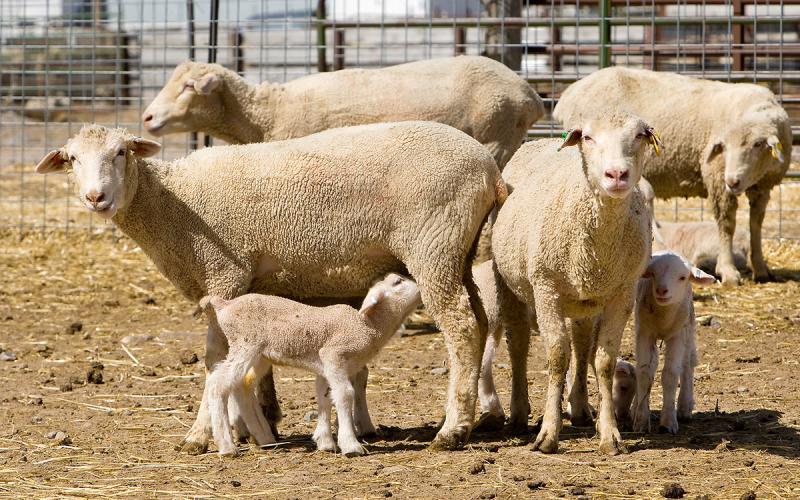
Managing Late-Gestation Heat Stress in Fall-Lambing Ewes
As South Dakota sheep producers navigate more high-heat days and longer warm seasons, we will have to work to adapt flock management to maintain health and productivity.
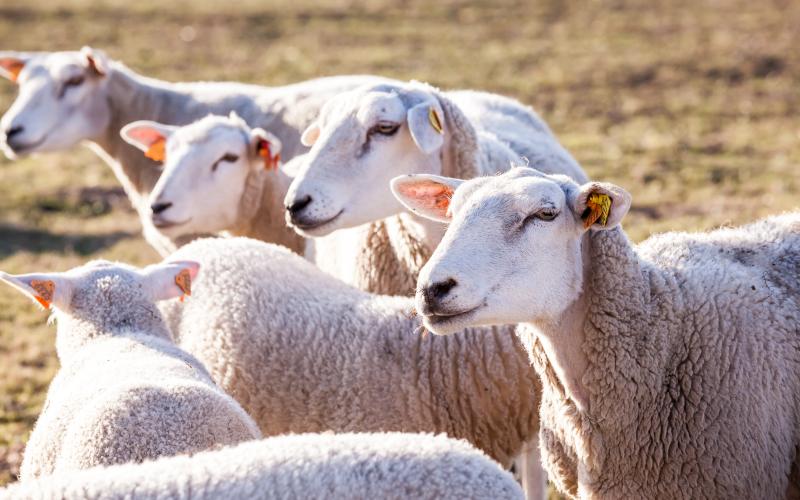
Sheep & Goats
South Dakota ranks sixth nationally in sheep and wool production. And the industry is growing.
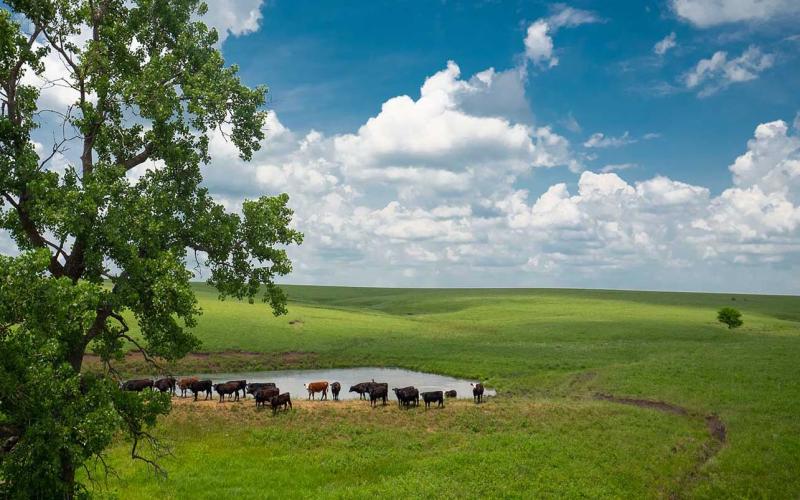
Livestock Water Testing
SDSU Extension offers on-site livestock water testing services at 33 locations across the state.
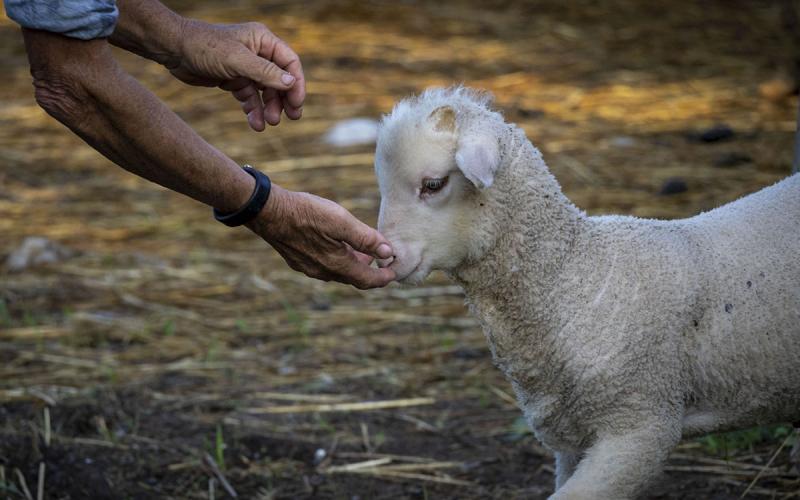
Coccidiosis in Lambs
Coccidiosis in lambs is a significant health concern that requires prompt recognition and treatment to minimize its impact. It primarily impacts young lambs, leading to severe gastrointestinal distress and potential economic losses for sheep producers.
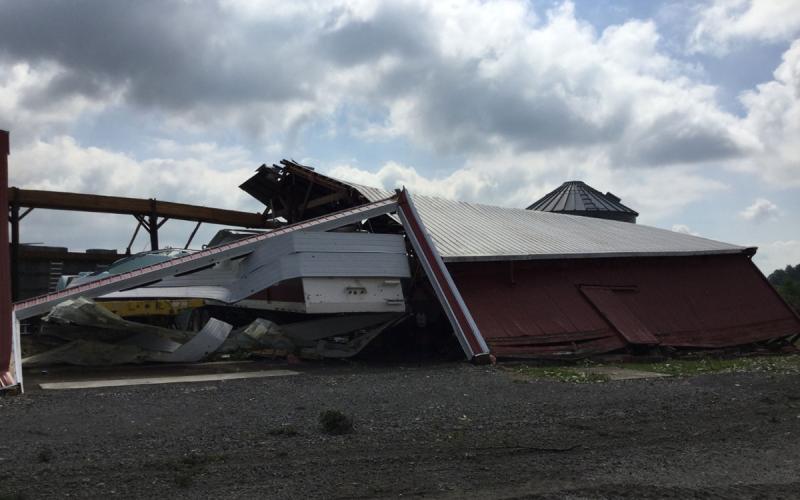
Tetanus: A Storm Aftermath Problem for Animals
Of all the challenges faced by animal caretakers in the wake of damaging storms, Tetanus is a potentially serious disease that might not appear for days or weeks later. Learn some expert tips for recognizing, treating and preventing it.
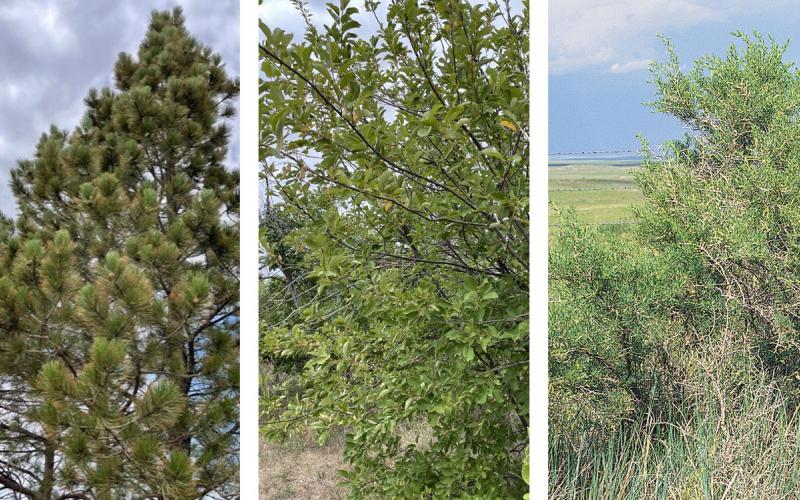
Poisonous Plants on Rangelands: Woody Species
Several woody plant species that are poisonous to livestock are found throughout South Dakota rangelands, including ponderosa pine, chokecherry, greasewood and broom snakeweed.
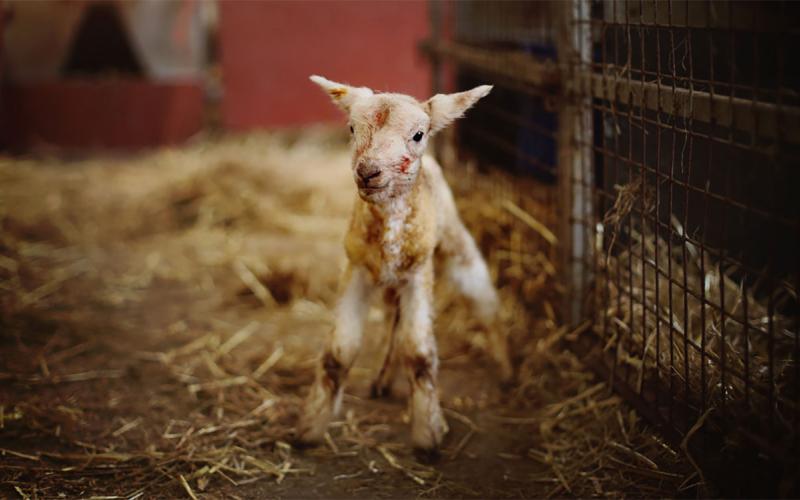
Navel Dips for Lambs and Kids
Treating umbilical cords with a navel dip at birth is recommended to ensure a healthy start for lambs and kids and preventing the occurrence of navel (joint) ill.
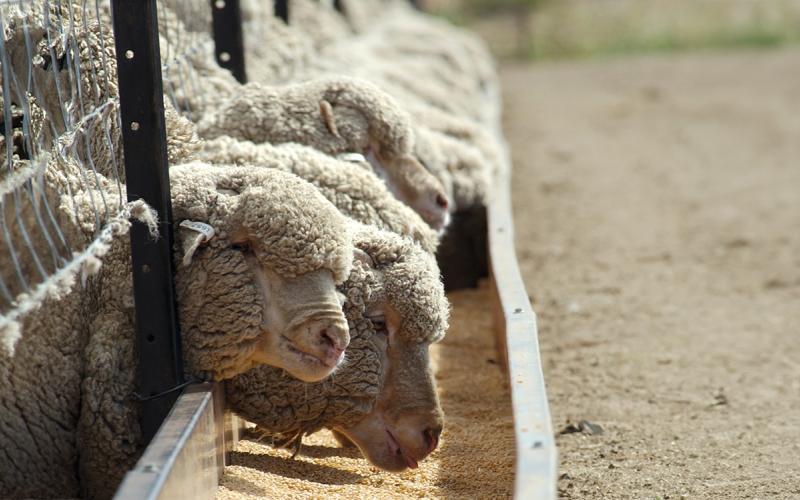
Waterbelly in Small Ruminants
Waterbelly (urolithiasis or urinary calculi) is a concern in male sheep and goats on high-concentrate rations. Knowing its symptoms, forms, and prevention strategies can help you make the best decisions for your flock.
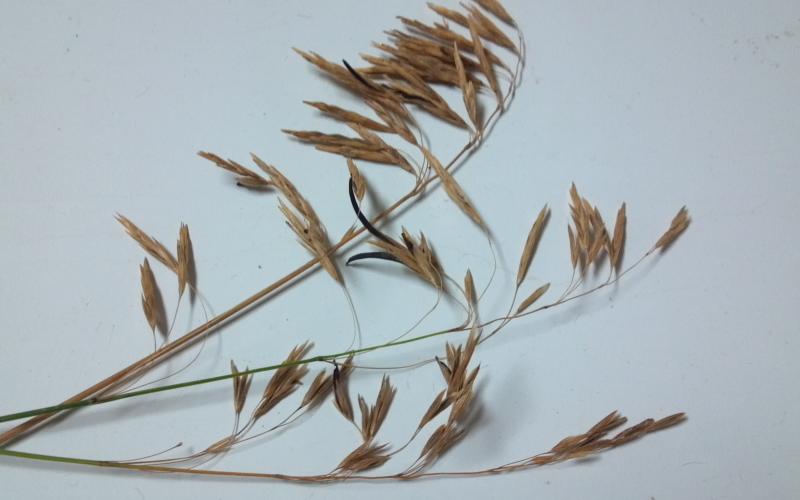
Ergot: A Potential Livestock Poisoning Problem
Cool, damp weather followed by warmer temperatures favors grasses becoming infected with ergot bodies, which can cause a certain kind of poisoning that can affect cattle on pasture.

How to Trim Sheep and Goat Hooves
Guide on how to trim sheet and goat hooves